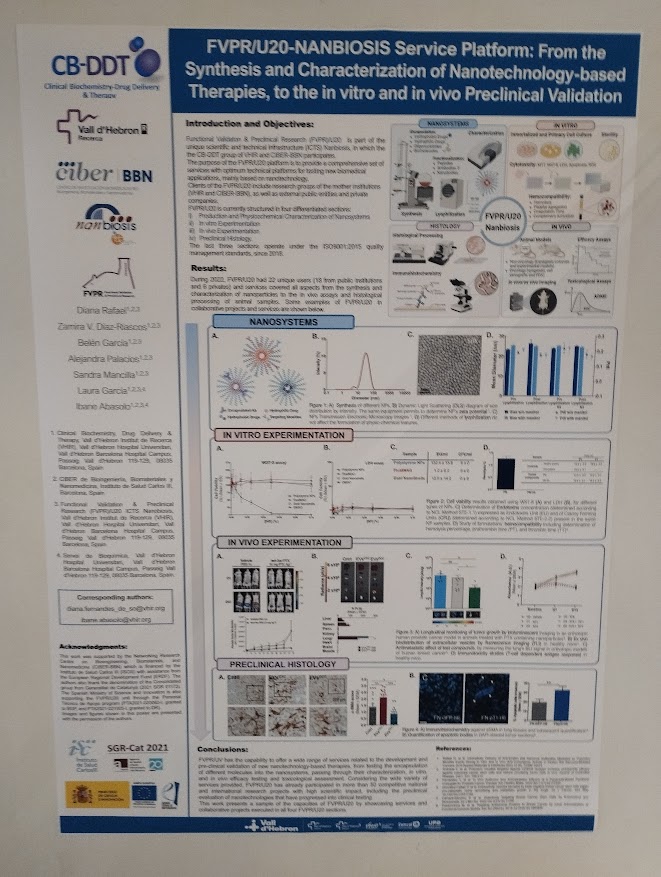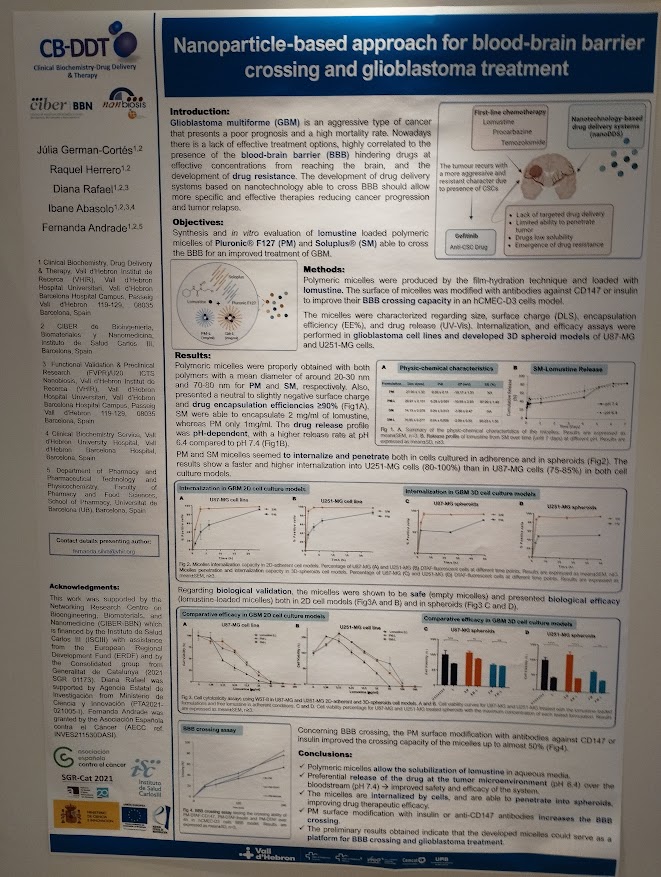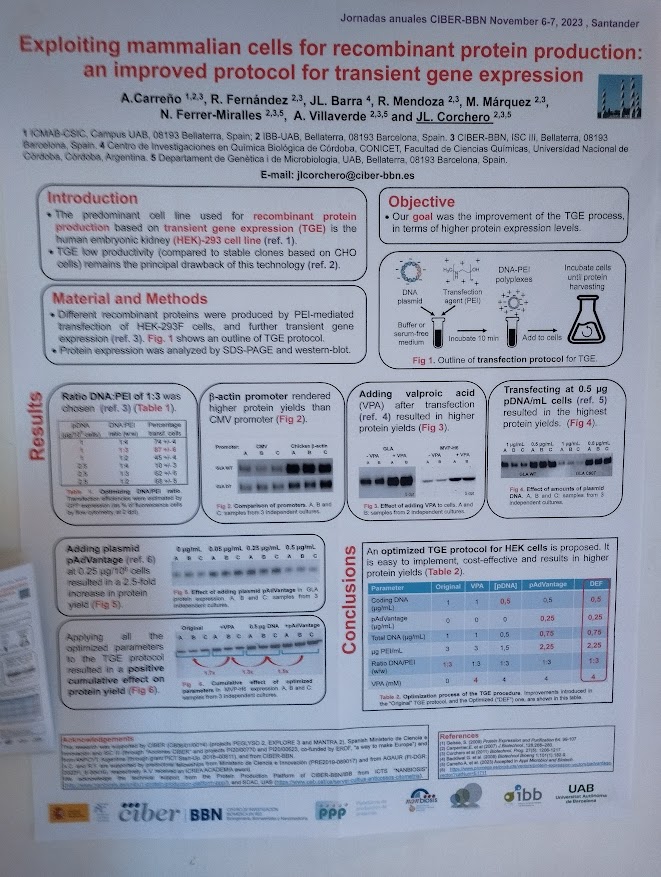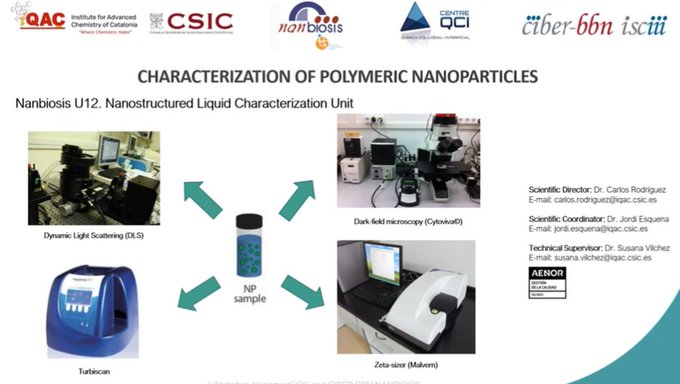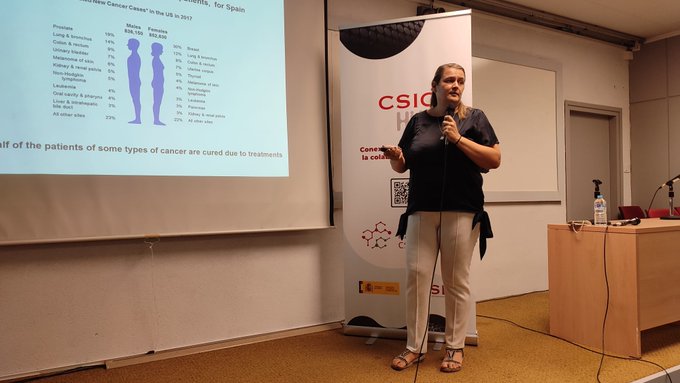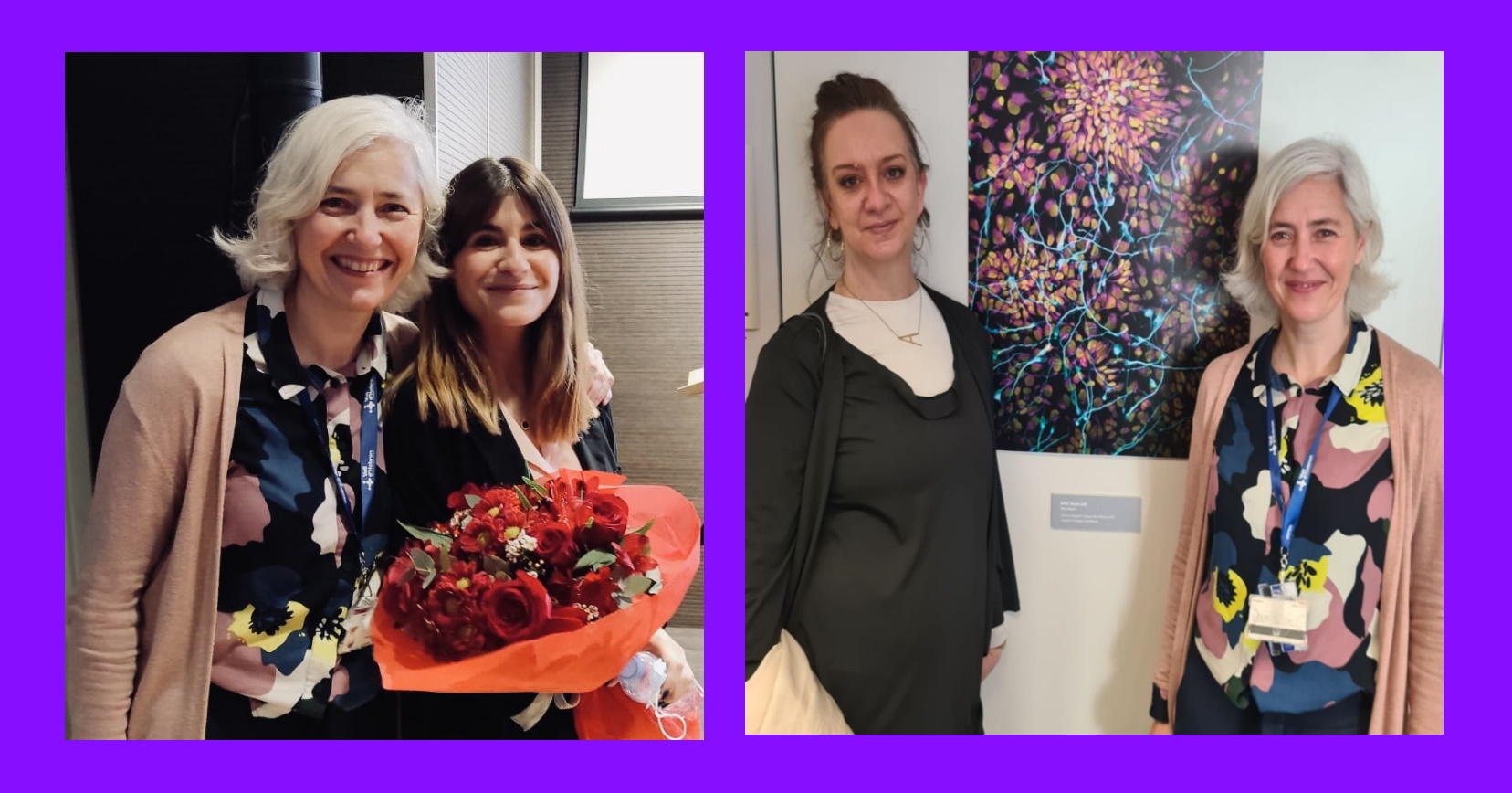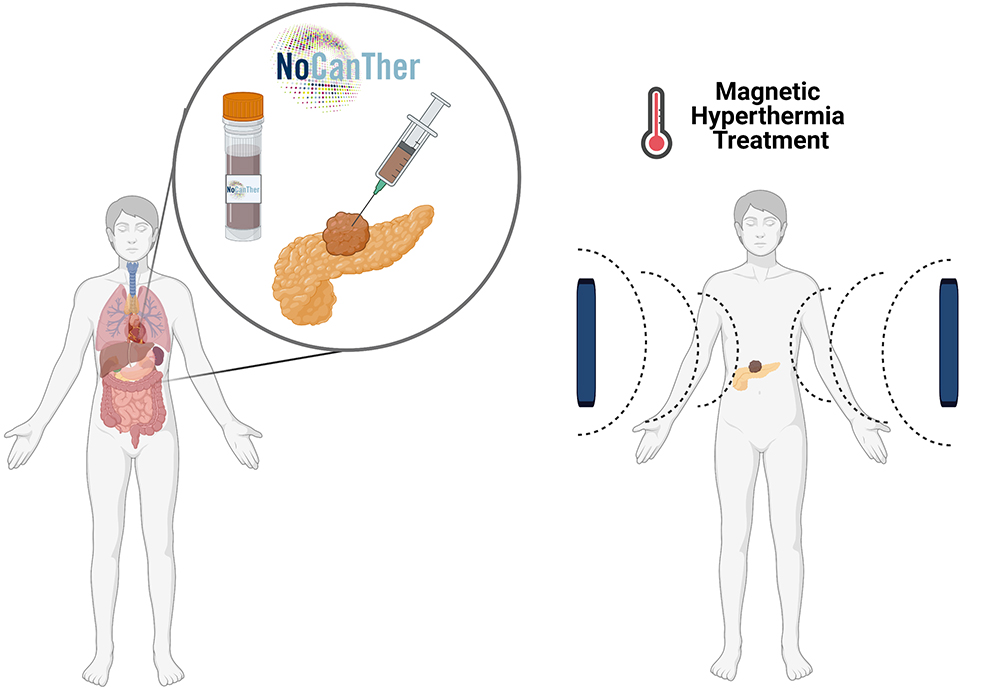The door is now open to a new nanoparticle-based treatment for chronic liver disease
– It is possible to achieve an administration method that improves the effectiveness and increases the safety of drugs for chronic liver disease?
-Yes, with nanoparticles!
– How?
To find an answer, was created the european project NANOSIM (Biodegradable nanoparticles of Simvastatin as new therapeutic tool for chronic liver disease financed in the Joint Transnational Call (2018) led by the Hospital Vall d´Hebron. A translational research proposed as an approach for its use in patients.
Until now, the only therapeutic option for patients is to eliminate the etiological agent (or the external promoter of damage), whether it is a virus, such as Hepatitis B, or a substance, such as alcohol. Once the agent is eliminated, only preventive treatment of the main associated complications can be carried out, but nothing to prevent or slow down the damage to the liver.
Now, the team behind NANOSIM project has published a study in the journal Pharmaceutics that opens the door to a treatment that specifically targets the sinusoidal endothelial cells of the liver, which are the first inducers of liver damage. The innovation is not a new drug, but a new delivery method that uses nanotechnology so that the drug acts directly on key liver cells.
The study has been led by María Martell, head of the Advanced Chronic Liver Diseases laboratory within the VHIR Liver Diseases group and with the collaboration of Ibane Abasolo, head of the VHIR Clinical Biochemistry, Drug Delivery and Therapy group. The researchers from both groups belong to the Network Biomedical Research Center (CIBER) in the area of Liver and Digestive Diseases (CIBEREHD) and Biomedicine, Biomaterial and Nanomedicine (CIBER-BBN), respectively. The U20 of the ICTS NANBIOSIS has also participated in the study.
Dr. Martell highlights the importance of advancing new and better treatments for cirrhosis: “Chronic liver diseases are the fifth cause of mortality in adults aged 50-70 years and cause 85% of liver transplants. Only in the territory European it is estimated that there are 29 million people affected”.
The research team focused on simvastatin, a drug used as an adjunctive therapy for cholesterol and which had been shown to have a protective function of endothelial cells, which are key to preventing the creation of liver fibrosis that causes liver inflammation. The problem is that oral or intravenous administration of the necessary dose causes a series of side effects, at the muscle and liver level, which limits its use. The goal of the research was to find a way to deliver the drug directly to the endothelial cells of the hepatic sinus without it being able to disperse to other parts of the body and causing unwanted side effects.
This active and specific targeting was achieved by binding polymeric micelles to peptides recognized by the surface marker CD32b, specific for liver endothelial cells. In this way, in in vivo models, a reduction in liver fibrosis was achieved without a significant increase in toxicity and, therefore, an effective and safe method to treat chronic liver diseases.
Dr. Abasolo, Director of NANBIOSIS U20 adds “Once that we have demonstrated the effectiveness of the technology to directly reach the sinus endothelial cells, a wide range of possible medications opens up with which we can use this nanotechnology to improve liver function.”
Article of reference:














